Clarence Lee Jun Li Travel Fellowship Report
JAPAN, JULY 2014
Exploring The Mind and Body Connection of the Traditional Japanese Aesthetic

Acknowledgements
Before delving into an exploration of the mind and body connection of the traditional Japanese aesthetic, I would first like to thank the BERKELEY PRIZE Committee for providing me with the opportunity to travel to Kyoto. It was an immensely enriching and life-changing experience – that provided me with both clarity of direction and more burning questions. I am grateful for this opportunity, and hope that there will be a day when I can pay it forward.
The Approach
Upon arriving in Osaka, I first made a trip to Mount Koyasan chiefly to experience Okunoin. I then proceeded to Kyoto to study the following sites: Ginkaku-ji, Honen-in, Eikan-d? Zenrin-ji, Nanzen-ji complex, Konchi-in, Shisen-d?, Daitoku-ji complex, Kennin-ji, Joju-in, Arashiyama, Fushimi Inari-taisha, Ryoan-ji, Kinkaku-ji, The Imperial Palace, Sento-Gosho, Katsura-Rikyu and Shugakuin-Rikyu.
There are three main objectives behind this trip. The first objective is to understand how the environmental configuration of the above mentioned places affected my being. The second objective is to then develop a collection of patterns and insights derived from a review of the findings from the first objective. The third objective is to finally have a sense of how these insights might be translated to contemporary society.
While all the places I have visited are each distinct in terms of their form and their historical context, I have intentionally downplayed their individual distinction in this essay, summing them up as part of an overall garden experience.
First Encounters
What was most consistent in my experience of these gardens would be their ability to transport me into another world with a powerful immediacy. In the more potent examples, I found myself relinquishing society’s hold over my being and very soon began to experience a pleasurable flirtation between a state of desire and ‘desirelessness’.
The longer I remained in these places, the more sedated I felt. It quickly became apparent that the quieter I was, the more changes I would be able to observe taking place around, and even within me. It is only when I am completely still, do I see my surroundings in a new light. Moment by moment, the rhythms of nature would change, always leaving me guessing. Will it be the cool air that tingles my skin? Will it be the fluttering maple leaves? Will it be the croaking of frogs? I am spellbound, drawn into a world that I am unable to comprehend, yet cannot help but marvel at.
My fondest memory was when I had the opportunity to view the Joju-in garden privately. Before approaching the garden itself, I encountered a calligraphy that was written by the head abbot when he was over a hundred years old. It can be roughly translated as: may our hearts be like white clouds that float in a blue sky. I pondered over its meaning before proceeding towards the engawa (veranda that surrounds the traditional Japanese rooms and is sheltered by deep overhanging eaves) . Between the gardens and me were a series of hand-blown glass panels that gave the gardens a hazy and dream-like appearance. Upon sliding open the glass panels, I was confronted with the most magnificent sight I had ever seen in my life. The garden completely overwhelmed me with its presence. The strange idealised forms of nature, and the borrowing of the nearby mountainside as a backdrop created an otherworldliness that was strangely comforting. I fell completely silent. There was nothing to be said neither was there anything to comprehend – the entire world just felt right.
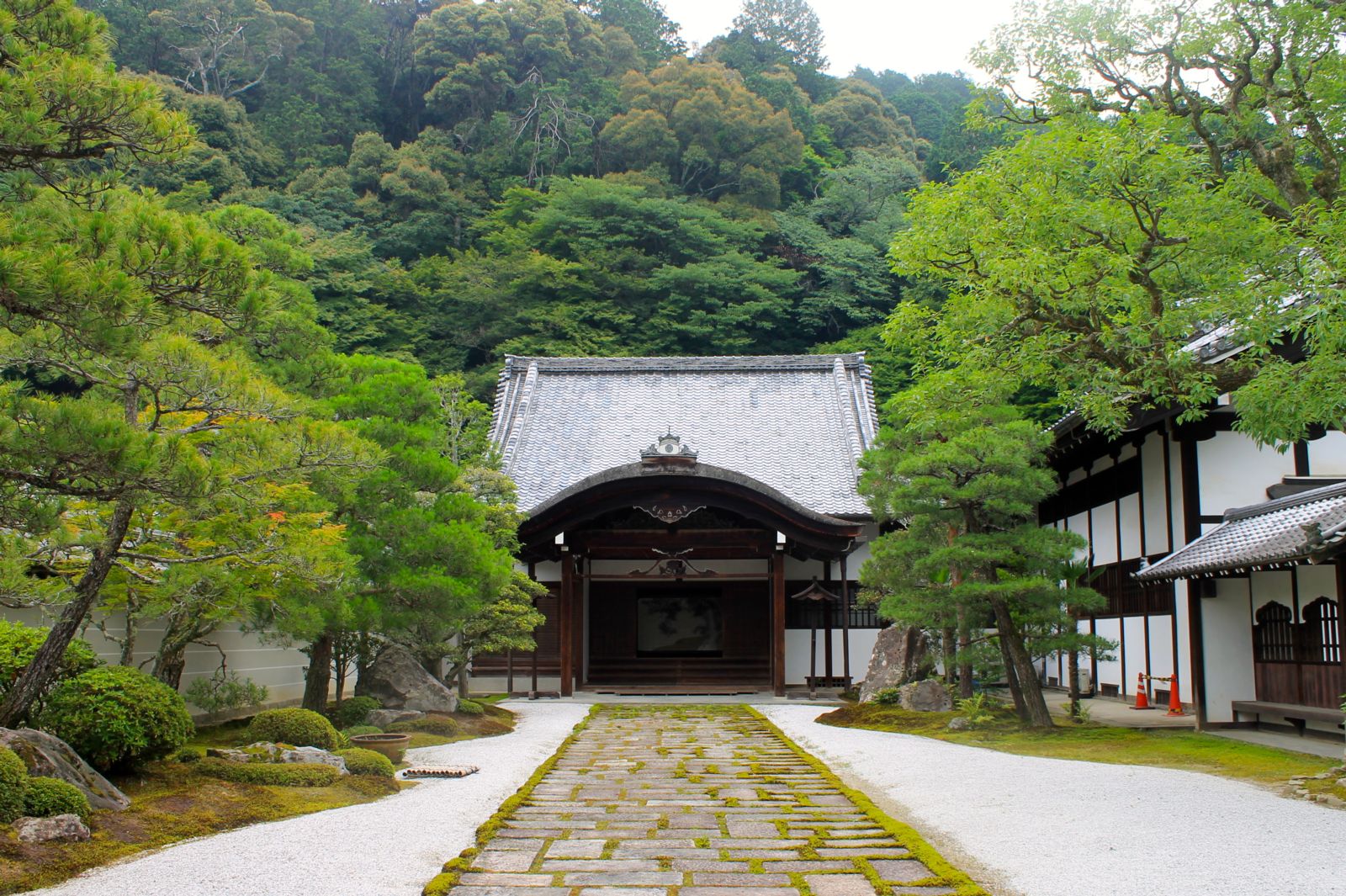 |
In that moment I knew what I had to do with my life. Such incredible beauty should be something all men should encounter at least once in their lives, and the best possible way to achieve this would be to bring this profound experience to the privacy and comfort of one’s home.
Within the first few garden visits, I was impressed by the distinct Japanese qualities of deliberateness and thoughtfulness. The sequencing of encounters within the gardens were so well thought out that there were even times when I felt as if I was being escorted around the garden by the garden’s designer.
It was only during the later part of the trip that I learnt of the Japanese spirit of hospitality, known as Omotenashi. Omotenashi is an approach towards hospitality that emphasises a sincere desire to render help and service without expecting anything in return. It also places an emphasis on delighting guests by exceeding expectations and anticipating all possible needs in advance. Central to Omotenashi is the cultivation of a sense of gratitude and warmth between both host and guest – resulting in a non-dominant relationship of mutual respect.
Upon learning of this concept, I began to wonder if the garden was a way for the guest to experience the hospitality of the host. It nevertheless is a fascinating and impressive concept that I would like to explore further and to see how it can be introduced into the design of homes. If this sense of deliberation and thoughtfulness can be felt in the homes of people, then it will perhaps lead to a gentler and kinder society.
The Mechanisms of Tranquillity, Wonder, and Contemplation
What makes the traditional Japanese garden so spiritually arresting? While this may be explained through an explanation of oriental garden design principles or Ch’an/Zen Buddhist aesthetics, my lack of knowledge has led me to read the gardens in a personal and informal way.
I believe that the garden experience is founded upon a few conditions.
The first would be seclusion. The Japanese garden tends to have the strongest effect when it is encountered and contemplated upon without the distracting presence of strangers, large crowds or anything related to the societies of man (such as the sight of a nearby building which has no role to play in the choreography of the garden sequence). It tends to shut itself away from the world of man so that it can introduce its idealised world to its ‘guests’ in private.
The second condition would be the sequencing of encounters. The garden is a choreography work of sequences in relation to the user’s sightlines and the movement of their body. By paying close attention to how each sequence would affect the thoughts and emotions of the user, elements are very carefully and intentionally introduced. Throughout the journey, the user is sedated but his senses will be heightened before encountering the key encounters.
The third condition would be the use of thresholds as gateways into new experiences. There must be this symbolical crossing to delineate the everyday from the softer, quieter and more intimate experience of the garden. By crossing the threshold, there is also the symbolic idea of being birthed. Depending on how impressive, formal or informal the threshold is, different meanings can be crafted. Even within a garden, there can be numerous thresholds that one must cross to gradually gravitate towards an intended state of mind.
The fourth condition would be the presentation of innate qualities or ideals of life that we value or aspire towards. This encounter must invite our imagination and our attempts to comprehend it. This is where the concept of yugen (it can be defined as ‘subtle profundity’ or ‘deep mystery’; as a sensation, it arises from a profound awareness of the universe which evokes feelings that are intense and too mysterious to be translated into words) comes into play. For the metaphor presented must be compelling enough to trigger a search for meaning. The deeper this engagement, the more profound the experience derived from the encounter.
The fifth condition would be otherworldliness. Without a sense of the otherworldliness, it would be difficult for one to relinquish the frame of mind used for everyday engagements. This might also be related to the Zen aesthetic principle of datsoku, which is about creating a sense of fantasy and transcendence.
The following are some patterns that I have identified from my experience in the gardens. Some of these ideas are also derived from the time I spent with my guide, Mr Mark Hovane who was enthusiastic, knowledgeable, and incredibly supportive of this exploration.
These patterns can be sequenced together, scaled up, integrated with each other or amplified. What they all do is to foster the right conditions for a poetic moment to appear. This might come in the form of a dramatic composition, or a small peculiarity that invites closer inspection.
There will also be some overlaps amongst the patterns. I hope that this will not be seen as repetition, but instead as another way of understanding an experiential effect.
- Thresholds
- Dramatic Difference (By playing upon what one has become familiarised with): Space on either side of a threshold has to feel drastically different. The more drastic the difference, the stronger one feels to have symbolically been birthed. Senses are also heightened when one encounters this sudden change in environment. The best examples are often created through a complete change in the atmospheric quality of a space. To amplify this effect, the user has to be placed in a particular emotional state for a protracted period. The user has to feel used to what he has experienced thus far, so that sudden changes will exceed or build upon his expectations, delighting him and heightening his senses. The following are a few examples that can be mixed to interesting effects.
- A sudden change in the quality of the light.
- A sudden change in headspace
- A sudden change in temperature
- A sudden change in footing
- An abrupt change in spatial configurations (change in patterns)
- Introducing a new element that engages the user (example: an art work, a water feature)
- Expanding/Shrinking Space (By playing upon the user’s physical movement): The size of thresholds can be used to influence the way the user makes a transition from one space to another. The threshold might force the user to crouch or it might only be narrow enough for one person to cross over. Whichever the case, the user has to be returned to his original upright posture with shoulders squared to the front. This physical transition has a psychological effect.
- Transition points into spaces of increased significance should be marked and made more impressive.
- Proximity
- Intimacy (By playing upon the user’s physical proximity to a variable): Intimacy is created when an engaging variable is presented and positioned in such a way that it invites the user to reach out to feel it.
- My best experience of intimacy in the garden would be how the stepping-stones took me to the same level of the lake, allowing me to observe the ornamental carps at a more intimate distance.
- Another notable encounter would be how an ascending bridge allowed me to walk beside a canopy of trees.
- Elusiveness (By playing upon the user’s physical proximity to a variable): Elusiveness is created when a variable is presented yet it is physically out of reach at the point in time when it is presented. As to whether it can be eventually reached or can never be reached is dependent on the design intent. More importantly, the variable presented must be engaging or there will not be a strong sense of elusiveness. Elusiveness best taps upon our desires and our curiosity. It is an effective way to build up the user’s sense of anticipation and to encourage the user to search for a path. It can also be an effective way to sanctify a particular variable. Elements placed between the elusive variable and the user should be downplayed visually, have a calming effect and a certain gentleness to it.
- The use of shallow water as a way to put distance between the user and the elusive variable can be an effective way to bring both calm and a mystical quality to space.
- The use of translucent drapes placed between the elusive variable can be an effective way to not only capture the movement of wind, but to also change the quality of light in the space.
- The use of landscaping elements placed between the elusive variable and the user is another effective way to help the user quickly make a visual leap to the elusive variable.
- Glass is also another element especially if it is hand-blown to create a hazy effect, or when it is framed within an ornate window tracery, giving space a more elegant feel.
- Obscurity
- Incompleteness (By playing upon our innate sense of perfection, curiosity or desire for clarity): Key encounters are never presented with their front to the viewer. They should be partially concealed in the shadows, by some other feature, or presented at an angle. This incompleteness invites the viewers’ mind to complete the image, thereby enhancing its reception.
- Chiaroscuro Effect (By using dramatic contrasts): To create spaces that sedate the user, light has to feel drained of life, shrouding most forms in ambiguity and shadow. The space is never completely revealed, allowing the mind to only focus on the elements within the space that matter the most. This helps to create a restful feeling. A warm palette helps as well. Space can also be made expansive yet veiled in thick shadows. The body senses this expansiveness, but the eyes are unable to affirm this sensation. This sense of helplessness heightens the reception of key encounters.
- Time
- Rusticity (By playing upon a nostalgic yearning for the perceived simplicity and peacefulness of a distant past): A sense of age through a variable’s patina tends to invite pause and encourages the user to contemplate upon the notion of time. These variables are best presented as key encounters juxtaposed against the clean look of contemporary materials – they should rarely be downplayed.
- Pacing (By playing upon the rhythm through which one traverses through space): The physicality of pathways can be varied to speed or slow down the user. Pacing can also be controlled through the use of visual encounters by playing upon the correspondence between sight lines and the movement of the body.
- Suspension of Time: When one is drawn into the processual world of nature and the cosmos, time is effectively suspended. There is a dance of stillness and movement, but its rhythms are from a world that we are not familiar with.
- Dynamism
- Ever-changing Spatial Experiences (By playing upon our innate sense of adventure): Just as how a garden is never the same at any moment, a space that has the power to draw one back again will offer an infinite amount of changes to look out for – new encounters, new poetic moments, fresh compositions. Ultimately what all these encounters do is to invite the user to slow down and to contemplate upon their beauty.
- Gardens tend to have this ability because they can beautifully capture the changes in the weather and from night to day. Yet it may not be the changes that we are interested in, but the timely reminder that ours is not the only world that exists. These encounters may come across as either contrived or accidental.
- Pauses
- Much of the sequencing of the garden is intended to create pauses so that certain encounters such as a composition or a feature can be contemplated upon.
- In the Japanese gardens, the signal to pause is usually called out with larger, smoother stepping-stones. When one pauses on this stepping-stone, more than one primary encounter can be afforded. Such a signal is also used when the path begins to fork.
- An interesting way to understand the pause is to look into the rich experiential qualities of ma.
- Sense of Possibility
- Space is ambiguous with pathways leading to entirely new precincts. The sight of these pathways can evoke a slight sense of wonder and adventure. There is a sense of multi-directionality.
- Warmth
- The soft glow of lamps or the sight of a dancing flame at a fireplace can ignite within the user a primal sense of warmth.
- There should never be any glare if the intention is to evoke restfulness. When using active lighting, the light source should always be concealed.
- Sound
- A good choice of music, heard at the right moment can very effectively set the right frame of mind, heightening the user’s experience with encounters.
- One of my fondest encounters would be finding myself alone in the middle of Okunoin when a “Satie-like” piano piece was broadcasted. I stood still and felt a tingle down my spine. The cedar trees around me suddenly took upon a more magical presence.
- The sound of water is also a potent way to bring calm and stillness to the mind. When people hear the sound of water, they would be curious to find out where its source would be. This is another way to create a sense of pleasant anticipation.
- Scents
- To introduce a new scent when one enters a new space can be incredibly disarming and effective at providing a sense of arrival.
- Pleasant Anticipation
- Ascending as a way to first conceal most of what lies ahead, while descending provides one with a sense of arrival.
- Concealing, revealing and teasing.
- Traversing down preparatory paths.
- Framed views that need to be further explored.
- Fixed views and Non-fixed views (absence of strong sight lines) for Primary Encounters in Gardens
- Both fixed and non-fixed views can be used for primary encounters. Fixed views tend to be for one-pointed contemplation while non-fixed views tend to be for rest.
- Miniaturisation
- Miniaturisation is commonly used to represent the cosmos of man, allowing the user to view his existence from another vantage point.
- I find the use of miniaturisation especially effective in a small enclosure because it helps expand the user’s sense of space.
- Visual Guides
- Visual guides can be subtle or pronounced, depending on the desired design intent. However, when it comes to the control of the user’s sight lines, subtle insertions of elements into the composition to serve as visual leaping points are more effective. The most emotional impact is made when the eyes make no wasted movement, and are perfectly synchronised to the movement of the body.
- Subtle sightlines can be created through the use of branches, rocks, hedges, and the physicality of landscape.
- The same subtle sightlines can be created through the use of any architectural and interior design elements.
- Containment
- When a space is contained yet opens itself out to the sky or to nature, it tends to become contemplative space. As a stand-alone pattern it often lacks emotional impact.
- When an architectural space is nestled within nature, it gives the user a strong impression of a retreat.
- An enclosure with reduced dimensions, paired with low light is an effective way to heighten the user’s awareness to the motion of the body.
- Varying Levels of Formality (Shin-Gyo-So)
- Paths are the best way to signify these levels of formality.
- Formal paths are usually regular and axonometric.
- Semi-formal paths tend to introduce turns and features of the path are more organically laid out.
- Informal paths tend to meander about and are more cramped.
- A sense of arrival can be created when the user gradually transitions from formal to semi-formal to informal paths.
- Varying Degrees of Shade
- By sequencing the varying degrees of shade (no-shade, little-shade, full-shade), the senses can be soothed or delighted in accordance to the sequence.
- Poetic Encounters
- One technique commonly used in the gardens is mitate, which is the repurposing of an architectural element or landscaping feature. For example, roof tiles can be found embedded in the ground to create a boundary for the garden. The intention behind this technique was to perhaps delight the viewer with a refreshing encounter.
- Certain plant species are chosen because of the way they respond to the wind or to change in the seasons. These changes have a particular psychological effect that has to be accounted for. I believe that the same approach can be used for the selection of certain architectural, interior design elements.
- Transition Zones
- Similar to how the roji (the garden through which one passes to arrive at the tea room) prepares the guest for the tea ceremony, transition zones are about easing the user through a sequence that prepares his mind and his body by inviting the user to slow down and to heighten his awareness of his movement, breath and surroundings. The roji has an air of simplicity and is quite similar to finding oneself in the wilderness of mountains.
- Transition zones should also have a particular object at the end for one to look forward to, or to have the pathways flanked by markers as a way to mark one’s progress.
- Primary Encounters
- Primary encounters can be seen as the main attraction of the garden experience; the sequencing of the garden leads the user to this encounter that is often the most lavish, impressive and memorable. Most importantly, these primary encounters must have a strong presence that will be imprinted upon our memory. One must feel a sense of privilege to be able to encounter this composition. All other elements that are on the periphery must be downplayed.
- Primary encounters can also employ the use of yohaku no bi – which is the beauty of paucity. This is done by presenting just enough variables for the user’s imagination to do the rest of the work, thereby allowing the user to appreciate the unexpressed portion of the work. This encounter then becomes an invitation to contemplation.
- Encounters that have the most presence are those that have the strongest sense of movement. To create this sense of movement, an odd number of elements are often used so there can be no symmetry.
- A strong sense of presence is also created with the use of ma – the space between objects intended to be focal points (ma has a deeper and more complex meaning that cannot be fully defined in a single line).
- Not all encounters are to be comprehended if it is intended to exhaust our attempts to comprehend it.
- Subtlety
- All elements that have no part to play in the intended garden experience have to be subtly presented and downplayed.
- Transitions in paths have to be subtle.
- Features that are essential for the function of the building must have a reduced presence.
- To blur the distinction between the garden and the architecture also requires much subtlety.
- The engawa is treated as an extension of both the garden and the architecture, effectively bringing the two together. As it is an in-between space to render distinctions between the two ambiguous, balustrades should never be used.
- The change of tonal gradients from the living space to the garden must be subtle and gradual or of complementary shades.
- Vistas
- Vistas must essentially be like paintings that are either alive or completely still.
- Frames
- Frames will never completely reveal a garden. Only snippets of it to play upon our sense of mystery.
- Features of a garden may be given a heightened importance by framing them from various angles.
- In all compositions there is always a sense of completeness even when arrangements are asymmetrical.
- Walls are especially important to provide an enclosure for primary encounters.
- Foreshadowing
- Foreshadowing is a useful tool to heighten one’s encounter with the primary encounter. The portrayed qualities of that which is foreshadowed and that which is used for foreshadowing may contrast, thus reinforcing each other’s presence.
One might now notice that all these patterns tend to play upon what I believe to be the intrinsic qualities of being – such as curiosity, delight, intimacy, enthrallment, etcetera. These are unchanging qualities that are universally relevant at any age, and also characterise the human condition.
A Contemporary Expression
Experiencing these gardens made me realise how important it is for people to have a sanctuary to retreat to. In the pursuit of progress, all modern societies will tend to have people who feel estranged from their labour. This alienation also extends to a man’s sense of self, in terms of understanding who he is and his place in the world. In our secular societies, the modern man is now a nomad in a largely rootless world of fleeting identities and gadgets. If this confusion is not enough, life also comes bundled with periods of affliction. As such, man voyages through the journey of life instinctively searching for meaning, comfort and insight – a metaphorical anchor to rely on in stormy weather. Fortunately, all of these can be provided by an artfully cultivated garden.
While I strongly feel that the garden should become an integral component of the home, it needs to be expressed in a way that is relevant to the times and true to its evocative power.
Japanese gardens are in fact idealised forms of nature, frozen in time. Through the use of these idealised forms, the landscape becomes more of a three-dimensional painting that serves as an expression for the inner workings of our mind, or at times, as a world of metaphors. While they may come in the form of the stroll garden, the contemplative garden, or a roji, I believe that their essences are the same.
These essences are: tranquillity, wonder and contemplative silence.
If we are to explore how these essences can be evoked through architecture, it would be necessary to approach architecture as a way of crafting human experiences. This is quite similar to the idea of Gesamtkunstwerk in architecture, where there is very little distinction between architecture, interior design and landscaping. All should be seen as a way of contributing to this “garden” experience. When designing, every element is further considered in terms of how it will relate to the other elements, and the changes in the weather or the seasons, to successfully evoke the qualities of tranquillity, wonder and contemplative silence.
Thus, to journey through this architecture is very much to be in a garden itself.
For the above patterns to be effective, they have to be synchronised amongst the architectural, the interior design and the landscaping elements. For example, lighting has to be designed in such a way that the pouring of freshly brewed tea allows one to marvel at the dancing vapours. Or how a user should be able to compose himself in a semi-private hallway before making the final transition into his home. The idea here is not to create a rigid and over-planned environment, but to encourage and to elicit certain emotional responses.
Movements between common activities have to be studied so that transitions between activities actually prepare the individual mentally and physically. Added attention should be placed on how one arrives home, or engages in what I consider to be life’s greatest rituals – rest, work, play, ablution and the partaking of food.
To return home each day to such a sanctuary is to first be liberated from the everyday and to be enveloped by the garden’s presence, before losing oneself to a deeper state of rest. Transitions are done in such a way that at every turn, there is a composition of picturesque beauty and these will be invitations to pause and to contemplate upon a poetic moment.
I am confident that such an approach can be applied to even the smallest living spaces. Yet I find it crucial for the designer to first be familiar with experiences of tranquillity, wonder and contemplation, so that their intentions would come across most strongly.
I am also drawn to the view of seeing this world as a hierarchy of gardens that begins from within our hearts, expanding outwards to our room, then to our home, then to our community, then to our country, then to the world, then to the universe and beyond. If we can see ourselves as custodians of all these gardens, then perhaps the world will suddenly appear to be a far more beautiful place.
Conclusion
Architecture is no longer just concerned about sustainability, or its responsiveness to the nuances of each project. It should expand its concerns to the transformation of everyday encounters into poetic memories and on creating a stronger sense of place to ultimately enrich both the human experience and the existing urban fabric.All in all, this trip has definitely sparked my interest in numerous fields of study. I am especially drawn to the idea of an architecture that places man, nature and technology in a beautiful state of harmony that evokes feelings of wonder, tranquillity and contemplative silence; and to do so with a perceived economy of effort.
This would take great skill, appreciation and knowledge of various disciplines. Ah! There is so much more to learn!
|
|
|
 Brookfield Zoo, Chicago Zoological Society, Brookfield, Illinois, USA 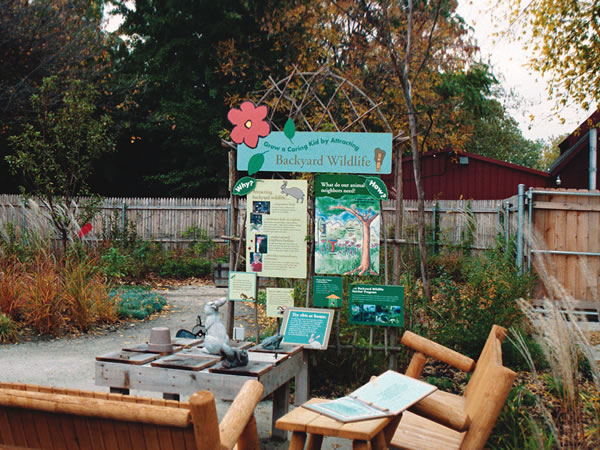 Brookfield Zoo, Chicago Zoological Society, Brookfield, Illinois, USA  Chase Palm Park, Santa Barbara, California, USA 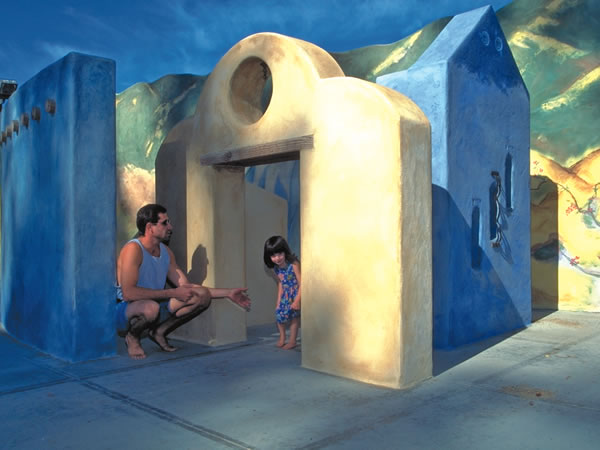 Chase Palm Park, Santa Barbara, California, USA 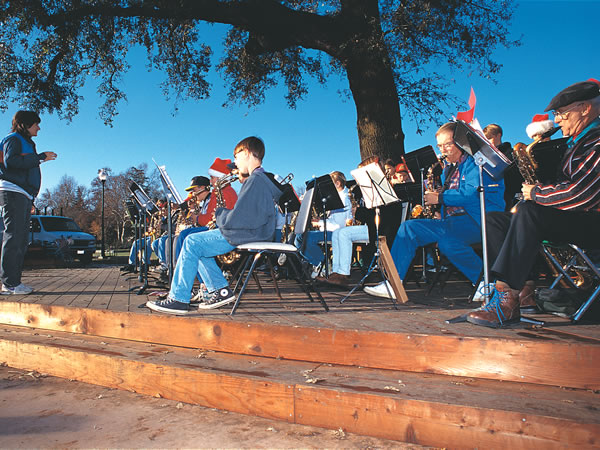 Davis Central Park, Davis, California, USA 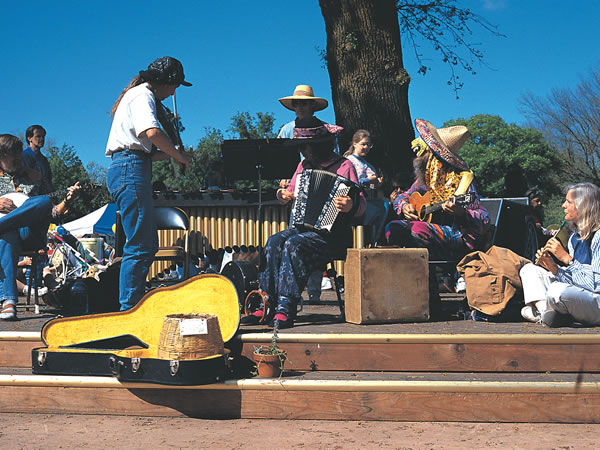 Davis Central Park, Davis, California, USA 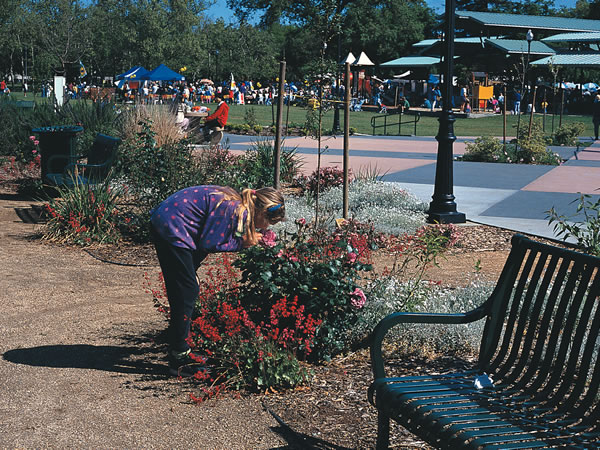 Davis Central Park, Davis, California, USA 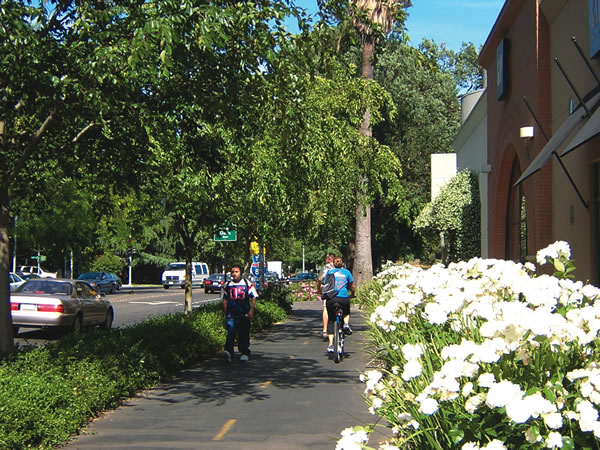 Davis Commons, Davis, California, USA 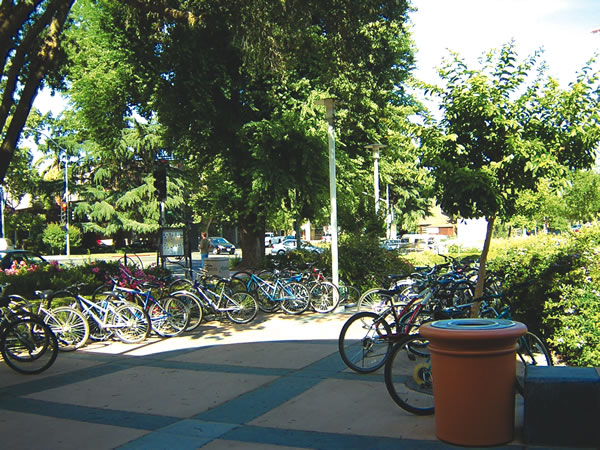 Davis Commons, Davis, California, USA 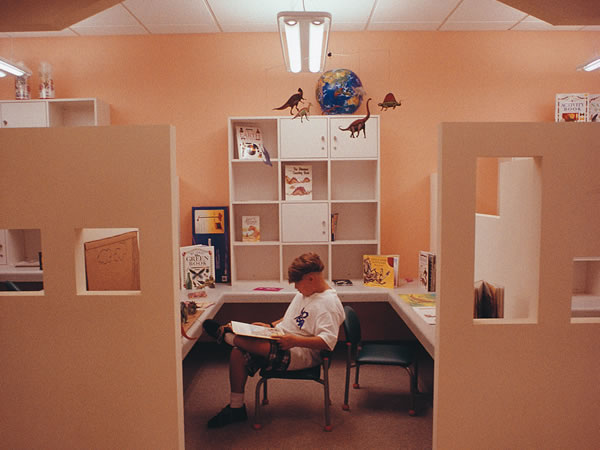 Edelman Childrens Courthouse, Monterey Park, California, USA 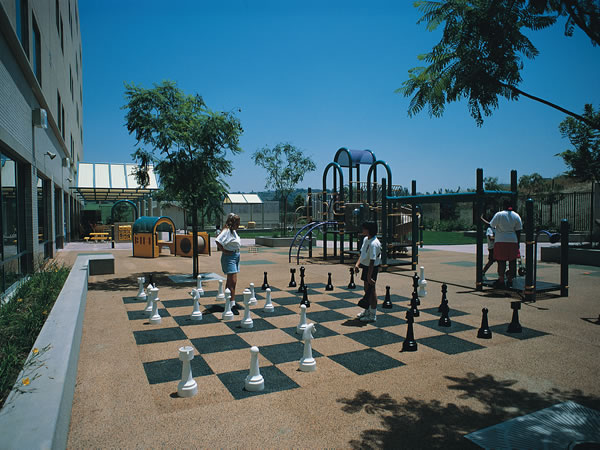 Edelman Childrens Courthouse, Monterey Park, California, USA  Glendale Edison Elementary School and Park, Glendale, California, USA  Glendale Edison Elementary School and Park, Glendale, California, USA 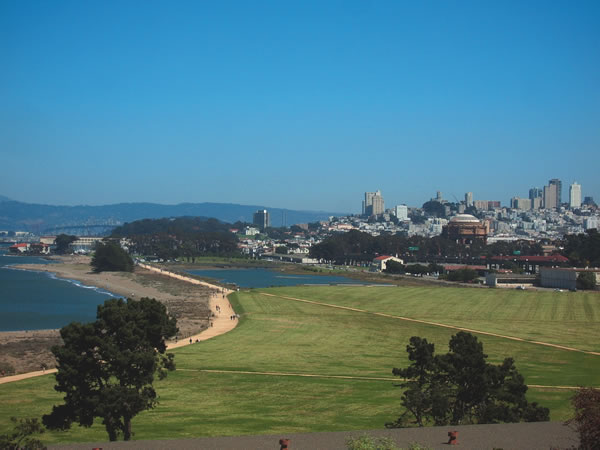 Presidio Park Trails & Bikeways, San Francisco, California, USA 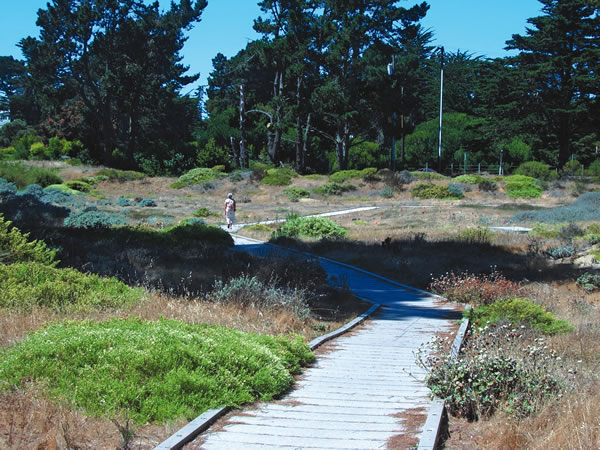 Presidio Park Trails & Bikeways, San Francisco, California, USA 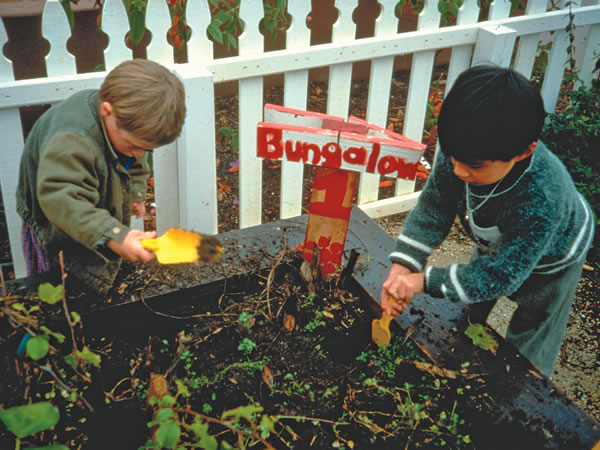 Tule Elk Child Development Center, San Francisco, California, USA  “R” Street Corridor Urban Design and Development Plan, Sacramento, California, USA 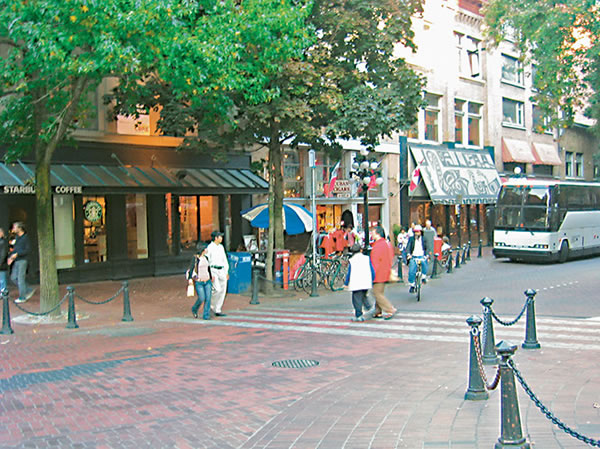 “R” Street Corridor Urban Design and Development Plan, Sacramento, California, USA  “R” Street Corridor Urban Design and Development Plan, Sacramento, California, USA 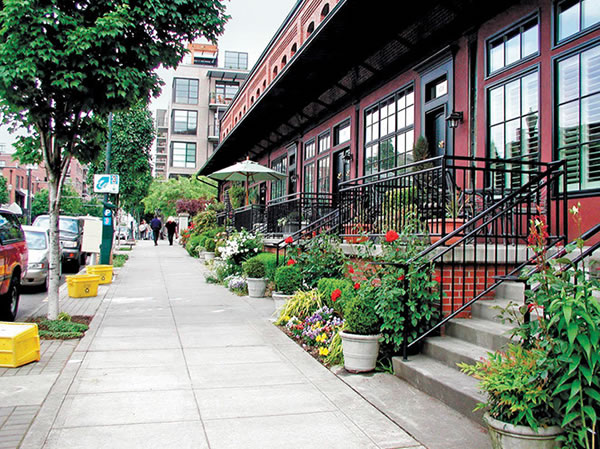 “R” Street Corridor Urban Design and Development Plan, Sacramento, California, USA 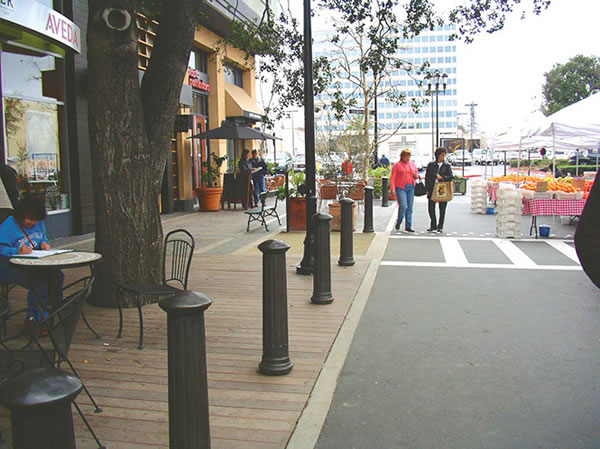 “R” Street Corridor Urban Design and Development Plan, Sacramento, California, USA 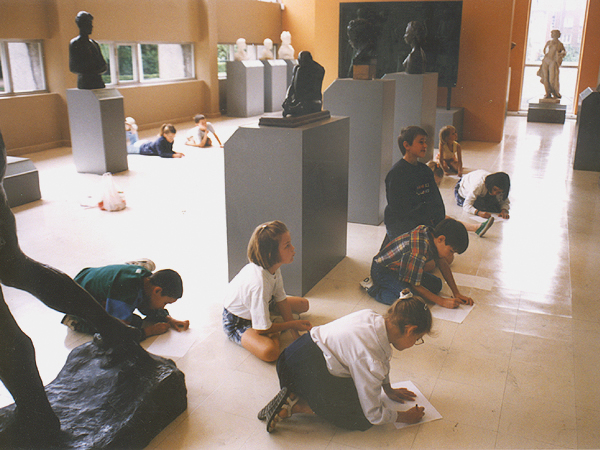 Musée des beaux-arts de Calais, Calais, France  Davis Central Park, Davis, California, USA 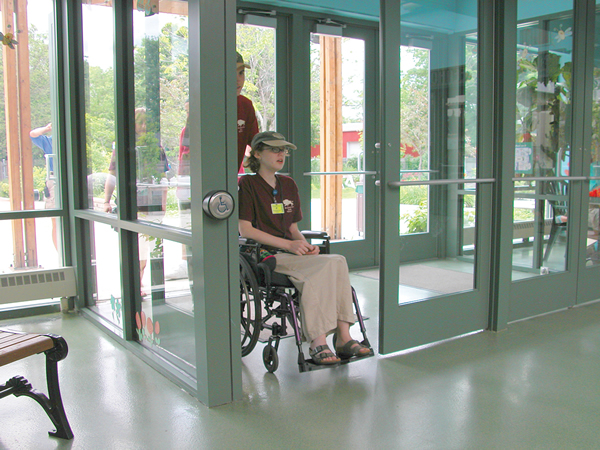 Brookfield Zoo, Chicago Zoological Society, Brookfield, Illinois, USA
|
|































